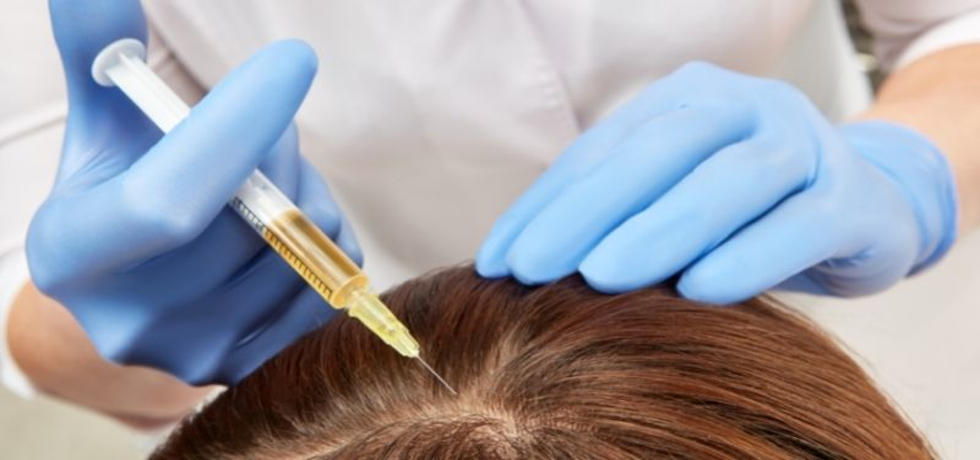Hair loss is a prevalent concern that affects individuals across various backgrounds. With the surge of information available online, it can sometimes be challenging to differentiate between the myths and the truths surrounding PRP hair loss treatment. Our aim is to clarify these misconceptions and help you explore this non-invasive option in a friendly and informative way. If you’re curious about how PRP (Platelet-Rich Plasma) therapy could help with your hair loss, read on!
What Is PRP Hair Loss Treatment?
PRP hair loss treatment involves extracting a small amount of blood from the patient, processing it to create a concentrated form of platelets, and then injecting this plasma into the scalp. This method has gained recognition not just for its applications in hair restoration, but also for enhancing recovery in sports injuries and surgical procedures. The key element within the PRP therapy is the growth factors found in platelets, which stimulate the hair follicles for improved growth and thickness.
Common Myths Surrounding PRP Therapy
One of the significant misconceptions about PRP hair loss treatment is that it is only suitable for older men. In reality, hair loss can begin in early adulthood, reaching its peak in individuals aged between 24-45. Therefore, both men and women can benefit from PRP therapy, making it a versatile solution for all ages.
Another myth is that PRP treatment is unaffordable. When you consider the long-term costs of various home remedies and medications which may provide only temporary results, you might find that investing in PRP is not only affordable but worthwhile.
There is also a belief that PRP therapy is a painful procedure. However, many patients report only minimal discomfort, often requiring no anesthesia at all. The results, on the other hand, take time and commitment; expect to see noticeable changes in your hair growth approximately three to six months post-treatment.
Facts About PRP Hair Loss Treatment
Understanding the facts around PRP therapy can significantly alleviate concerns about its effectiveness. Genetics is a primary contributor to hair loss, leading to conditions like androgenetic alopecia in both men and women. For those whose hair loss is influenced by factors such as stress or an unbalanced diet, PRP hair loss treatment provides a strong chance of reversing the hair loss process.
It’s essential to seek a proper diagnosis for hair loss triggers, as different causes require different treatments. Collaborating with a certified dermatologist can help ensure that patients get an accurate assessment and choose the best options for recovery, which often includes PRP.
The procedure is safe, as it uses the patient’s blood and presents a minimal risk of allergic reactions or infection. Minimal discomfort and no recovery time mean patients can return to their regular activities shortly after the procedure.
Take Action Towards Your Hair Restoration
Now that we’ve debunked some common myths regarding PRP hair loss treatment, the next step is to consult with a specialist. A qualified dermatologist who understands hair loss dynamics can guide you through the process and help determine if PRP therapy is a suitable option for you. It’s time to take control of your hair growth journey and explore this proven and non-invasive solution.


